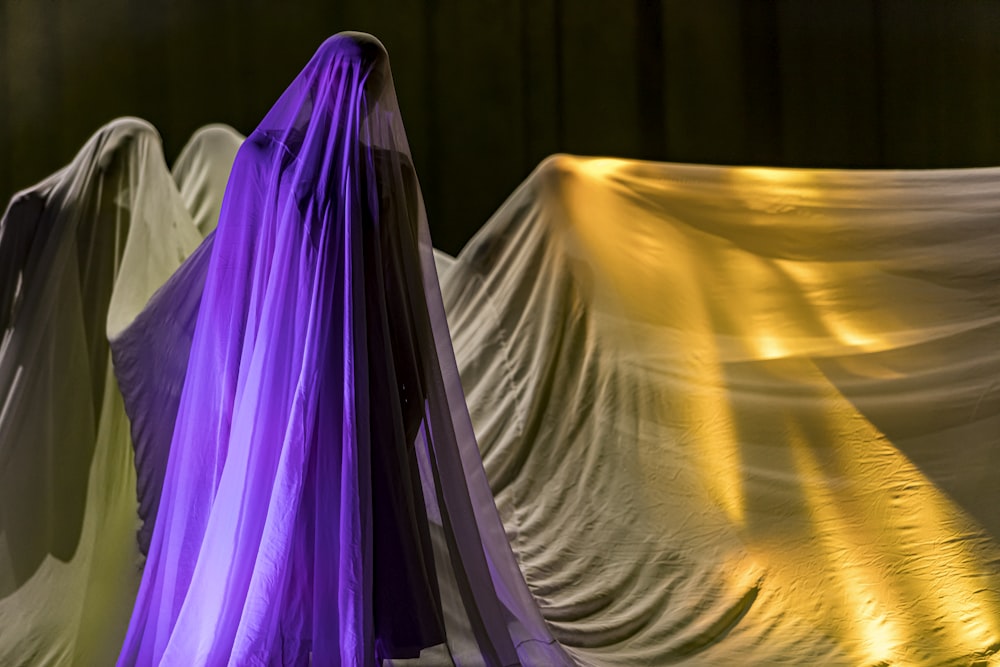Exploring the Dynamic World of Performance Art
Defining Performance Art
Performance art is a captivating and dynamic form of artistic expression that combines elements of theater, dance, music, and visual arts to create immersive experiences for audiences. Unlike traditional art forms, performance art emphasizes the live and ephemeral nature of the performance, often incorporating improvisation, audience participation, and unconventional materials to convey powerful messages and emotions.
The Origins of Performance Art
Performance art traces its roots back to the early 20th century, with artists like Dadaists, Futurists, and Surrealists experimenting with live performances as a way to challenge established artistic conventions and provoke social commentary. The movement gained momentum in the 1960s and 1970s, as artists like Marina Abramović, Joseph Beuys, and Yoko Ono pushed the boundaries of what could be considered art by using their bodies as a medium for expression.
The Role of the Performer
In performance art, the performer takes center stage, using their body, movements, gestures, and vocalizations to convey ideas, emotions, and narratives. The performer’s presence and actions create a direct and intimate connection with the audience, blurring the line between artist and observer. Through physicality and presence, performers explore themes such as identity, politics, gender, sexuality, and cultural heritage.
Themes and Messages in Performance Art
Performance art addresses a wide range of themes and messages, often tackling issues that are relevant to contemporary society. Artists use their performances to explore personal experiences, social injustices, environmental concerns, historical events, and philosophical concepts. Each performance is a unique and thought-provoking experience that invites viewers to reflect, question, and engage with the world around them.
Immersive Experiences for Audiences
One of the defining features of performance art is its immersive nature, creating experiences that go beyond traditional forms of artistic expression. Performances may take place in galleries, theaters, public spaces, or site-specific locations, allowing audiences to interact with the performance environment in meaningful ways. Immersive technologies, such as virtual reality and augmented reality, are also being integrated into performance art to enhance the audience’s experience.
Collaboration and Interdisciplinary Approaches
Performance art often involves collaboration between artists from different disciplines, such as dancers, musicians, visual artists, and filmmakers. This interdisciplinary approach results in performances that blend diverse artistic mediums and techniques, creating multi-sensory experiences that challenge perceptions and expand artistic boundaries. Collaborative efforts also encourage experimentation, innovation, and cross-cultural dialogues within the art world.
Audience Participation and Engagement
Audience participation plays a crucial role in performance art, as viewers are invited to actively engage with the performance, whether through physical interaction, emotional response, or intellectual reflection. Performers may directly involve audience members in the performance, breaking down the barriers between performer and spectator and fostering a sense of collective experience and shared humanity.
Challenges and Controversies
Despite its innovative and immersive qualities, performance art can also be controversial and challenging for audiences. Some performances may confront taboo subjects, provoke strong emotions, or push the boundaries of social norms, leading to debates about artistic freedom, censorship, and the limits of acceptable behavior in art. However, these challenges also spark important discussions about the role of art in society and the power of artistic expression to evoke change and awareness.
The Future of Performance Art
As technology advances and society evolves, performance art continues to evolve and adapt to new contexts and challenges. Artists are exploring digital platforms, online performances, and virtual spaces to reach wider audiences and engage with global issues. The future of performance art holds exciting possibilities for innovation, collaboration, and cultural exchange, ensuring that this dynamic form of artistic expression remains relevant and impactful in the years to come. Read more about Performance art




